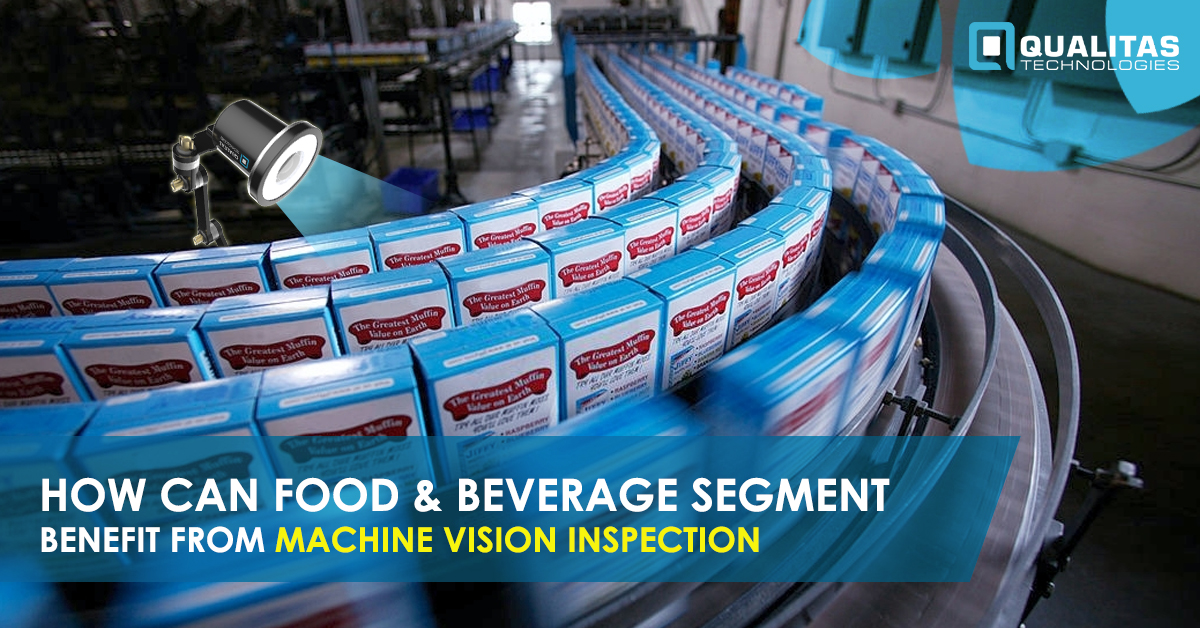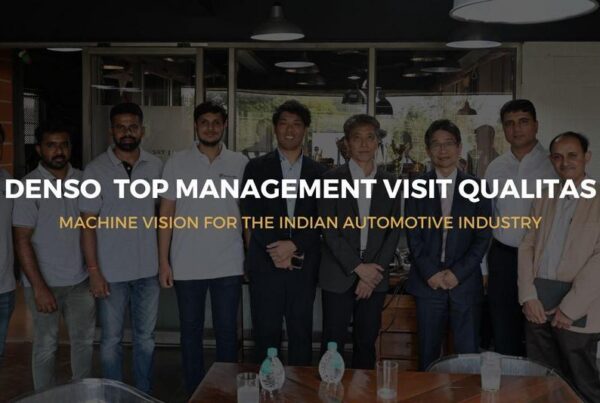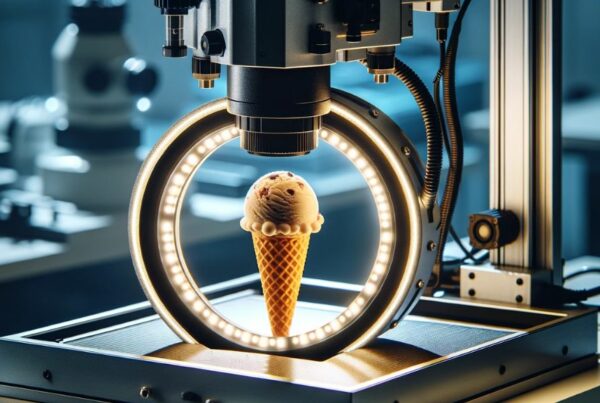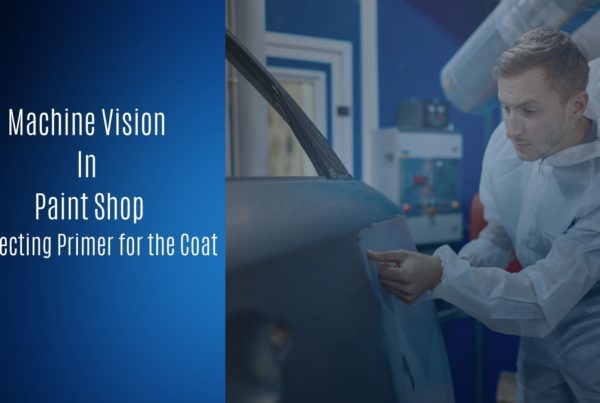
HOW CAN THE FOOD & BEVERAGE SEGMENT BENEFIT FROM MACHINE VISION INSPECTION
Machine vision technology has been making significant advances in the food and beverage sector. For a long time, this industry has been a user of machine vision equipment. The industry has been widely regarded as an early adopter of the latest technology. Today, an increasing need for efficiency, quality, and regulatory compliance is driving even more machine vision technology adoption in the domain.
Machine vision is playing an integral role in the ever-evolving food and beverage industry, helping introduce efficiency, quality, and safety into production processes. Machine vision has an indispensable effect on the assembling procedure for food and drink agencies worldwide. System imaginative and prescient makes packages faster at the same time as improving well being and best.
Sustenance and refreshment producers are looked at with progressively stringent necessities with regards to things, for example, sullying, recognizably, security, etc. Conveying device imaginative and prescient innovation into sustenance and drink assessment strategies can set apart time and coins at the same time as truly restricting those dangers.
Related Article:3 Reasons for choosing Machine Vision in Manufacturing
CHALLENGES FOR MACHINE VISION IN THE FOOD AND BEVERAGE INDUSTRY
The food and drinks industry provides novel problems for gadget imaginative and prescient systems manufacturers to provide the unwavering excellent, repeatability and talent required for the programs wished in the inspection. A full-size quantity of these difficulties rotates around a fundamental clash in the enterprise: The truth of low-aspect duties and the requirement for huge amounts of security and quality.
One of the primary difficulties of machine vision in the sustenance and drink industry is actually that the systems need to be moderate, yet in addition, give top quality arrangements.
Some other test the business countenances is there’s zero resilience for errors, mainly with reference to security and satisfactory. Genuinely, issues emerge whilst someone with a nut-allergic reaction takes a nibble of walnut dessert that becomes named vanilla. To add to these issues, ordinary varieties in items are arbitrary, and the criteria to decide deformities are regularly emotional and undefined, presenting significant hindrances in system structure and arrangement.
Also Read, 3 Common Reasons Why Your Machine Vision Project Fails
MACHINE VISION APPLICATIONS IN THE FOOD AND BEVERAGE INDUSTRY
There are many more prevailing ways in which machine vision plays a role in the production of food and beverages, but there are three important ways in which machine vision has a major impact on the product:
1. Track and trace
Track and trace capabilities are increasingly important for all parties involved in the production of food and beverages, from raw materials to final processing. Machine vision systems can track raw ingredients, products, and packaging throughout the production process, and retroactively trace their paths to ensure high levels of quality and safety – something nearly impossible to achieve without the level of automation that machine vision brings.
2. Safety Inspection
Machine vision systems remove human subjectivity from inspection processes while enabling the high-speed inspection of large product volumes. With extensive pre-programming, and sometimes machine learning capabilities, machine vision delivers unparalleled accuracy in the inspection of food and beverage products, ensuring they meet the highest standards of safety and dramatically increasing efficiency in quality assurance.
3. Packaging
Machine vision is adept at detecting packaging defects at high speeds. This further promotes product quality, as many packaging defects can devalue or degrade food and beverage products. By inspecting the packaging of each and every product, machine vision plays an important role in maximizing profits by minimizing defects and maintaining high product quality.
Apart from the increases in productivity, better quality control, and the freeing up of labor for work in other value-added tasks, the true intrinsic value that machine vision systems can best be seen elsewhere. Especially in the context of a smart factory or smart manufacturing line with a network of connected smart equipment.
With the large amount of data and measurements that vision systems are capable of generating, information collected can be fed back into a connected manufacturing network. Actionable insights and conclusions can then be drawn and communicated to other pieces of smart equipment within the ecosystem, and these machines can automatically execute processes. All of this can happen passively without the need for active human intervention.
Related Article: Machine Vision Trends in 2020
CONCLUSION
Ultimately, when adopting any new technologies such as vision systems, it’s important to consider the needs of your business, your existing infrastructure, and system compatibilities, as well as how you can future-proof your investment. Ensuring flexibility and ease of change within your existing systems be it in terms of the networking protocols within a smart factory ecosystem, or even in terms of tailoring, the physical manufacturing environment to harvest the full benefits from your vision systems is key.
Register For Our Upcoming Free Webinar





